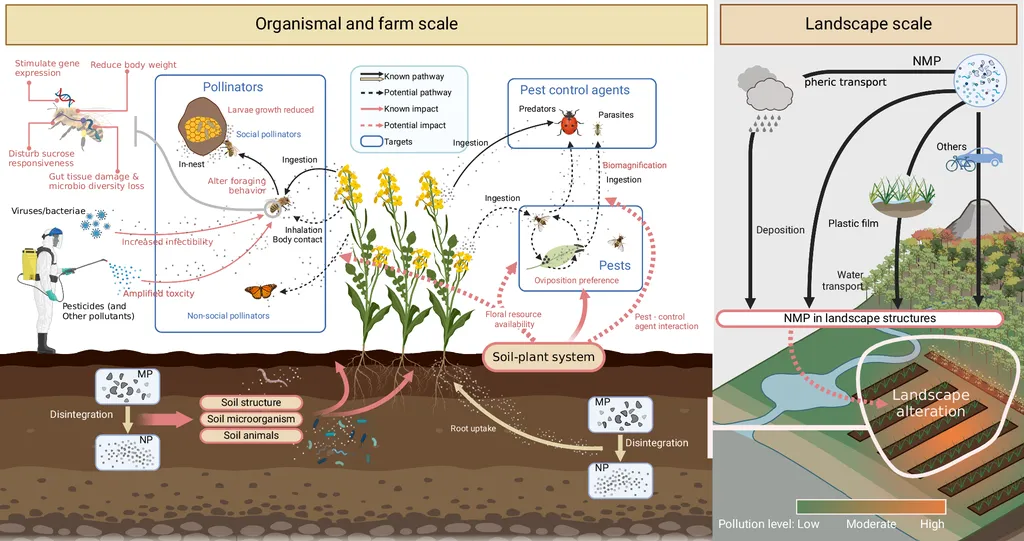In a world where plastic pollution has become an inescapable reality, a new review published in *Frontiers in Marine Science* sheds light on the pervasive threat of microplastics and offers a roadmap for mitigation. Led by Basanta Kumar Das from the Aquatic Environmental Biotechnology (AEB) Division at the Indian Council of Agricultural Research (ICAR)-Central Inland Fisheries Research Institute (CIFRI), the research delves into the sources, distribution, detection, and ecotoxicological impacts of microplastics, providing a comprehensive synthesis of recent advancements and strategies for a microplastic-free future.
Microplastics, particles smaller than 5 mm, originate from the breakdown of larger plastic debris and direct emissions from various products and industrial processes. These tiny particles embark on a complex journey through ecosystems, driven by processes like photolysis, weathering, and microbial activity, and are transported via water bodies, soil, and atmospheric deposition. “The journey of microplastics is intricate and far-reaching,” Das explains, “understanding these pathways is crucial for developing effective mitigation strategies.”
The review highlights recent innovations in detection techniques, such as hyperspectral imaging, machine learning algorithms, and laser-induced breakdown spectroscopy (LIBS). These advancements have significantly enhanced the sensitivity and accuracy of microplastic identification across complex environmental matrices. “These technologies are game-changers,” says Das, “they allow us to track and understand the distribution and impact of microplastics in ways we couldn’t before.”
The ecotoxicological impacts of microplastics are profound, with physical and chemical effects on aquatic organisms and potential for bioaccumulation and trophic transfer. The review underscores the urgency of addressing this global issue, particularly for the agriculture sector. Microplastics can contaminate soil and water bodies, affecting crop health and livestock, and ultimately entering the human food chain. “The implications for agriculture are significant,” Das notes, “mitigation strategies are not just about protecting the environment; they’re about safeguarding food security and public health.”
The review discusses advanced mitigation strategies, including biodegradable alternatives, circular economy approaches, and stringent regulatory measures. Integrating scientific innovation with robust policy frameworks is crucial to curb the widespread dispersion of microplastics and mitigate their long-term impacts. “We need a coordinated global effort,” Das emphasizes, “this is a complex challenge that requires multidisciplinary solutions.”
This research is set to shape future developments in the field by providing a comprehensive understanding of microplastic pollution and highlighting the need for innovative detection technologies and effective mitigation strategies. As the world grapples with the realities of plastic pollution, this review serves as a call to action for coordinated global efforts to address this pressing environmental challenge. With the agriculture sector facing potential commercial impacts, the urgency for action has never been greater.

